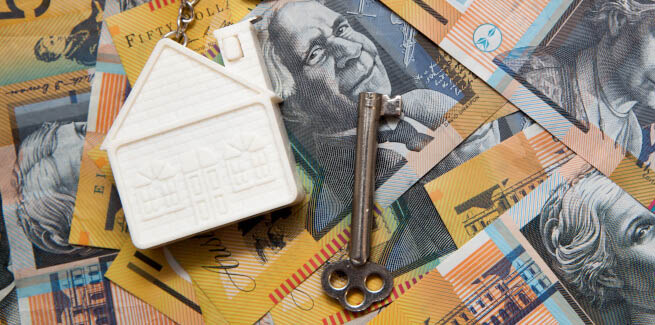Property data specialists CoreLogic has revealed that Australian home values rose by 2.1 per cent in February 2021, marking the largest monthly increase in 17 years.
According to the group, the spike has been triggered by “a combination of record-low mortgage rates, improving economic conditions, government incentives and low advertised supply levels”.
The most populous cities of Sydney and Melbourne were among the strongest-performing markets, recording a 2.5 per cent and 2.1 per cent lift in home values over the month, respectively.
Looking at values over a quarterly basis, however, the smaller cities have experienced the most growth. Darwin housing values rose 5.5 per cent over the past three months, Hobart values rose 4.8 per cent and Perth was up 4.2 per cent.
Regional markets were up 2.1 per cent over the month, but have continued to show a higher rate of capital gain relative to the capital cities, which rose by 2.0 per cent.
The regions have generally performed strongly over COVID, with the annual growth in home values up 9.4 per cent, while the combined capital city index rose by a much smaller 2.6 per cent, on an annual basis.
Detached houses continue to perform better than units, with house values up 4.4 per cent over the past three months – three times higher than apartments (which rose 1.4 per cent).
However, Sydney unit values recorded their first month of growth since April 2020 in February, while Melbourne unit values recorded their largest gain since late 2019.
Noting the 17-year high in growth rate, CoreLogic’s research director, Tim Lawless, said that such a “synchronised growth” phase had not been seen in Australia for more than a decade.
“The last time we saw a sustained period where every capital city and rest of state region was rising in value was mid-2009 through to early 2010, as post-GFC stimulus fueled buyer demand,” he said.
“Whether this newfound growth in Sydney and Melbourne can be sustained is unclear. Both cities are still recording values below their earlier peaks. However, at this current rate of appreciation, it won’t be long before Australia’s two most expensive capital city markets are moving through new record highs.
“With household incomes expected to remain subdued and stimulus winding down, it is likely affordability will once again become a challenge in these cities,” Mr Lawless said.
Several economists have predicted that house prices will grow by between 10-15 per cent this year, with NAB’s executive, home ownership, Andy Kerr, stating: “We expect the low rates to continue to support prices, particularly while there is strong job creation.
“Given this backdrop, we are forecasting house price growth of 10 per cent in capital cities this year. Apartment prices are also likely to rise, but at a slower pace, particularly in Sydney and Melbourne.
“We anticipate house price growth will remain very strong into 2022, before normalising closer to income growth in 2023.”
Mr Kerr also revealed that NAB had seen more mortgage applications in January 2020 than they had for any month over the last five years, adding that he expects February’s data to also show “another multi-year high in applications”.
Similarly, in a CommBank global economic and markets update podcast, Gareth Aird said earlier this year that he expects house prices could rise by 9 per cent in 2021 and by another 7 per cent in 2022.
As well as home values rising at rapid rates, the mortgage market has also been accelerating at pace, with the value of new home lending hitting an all-time high.
New figures from the Australian Bureau of Statistics released yesterday (1 March), show that the value of new home lending hit $28.75 billion in January, up 44 per cent, year-on-year, in seasonally adjusted terms.
The total value of owner-occupier home loans settled in January was also a new record, at $22.11 billion (up 52 per cent, year-on-year).
[Related: 2021 housing values at record high]
 ;
;